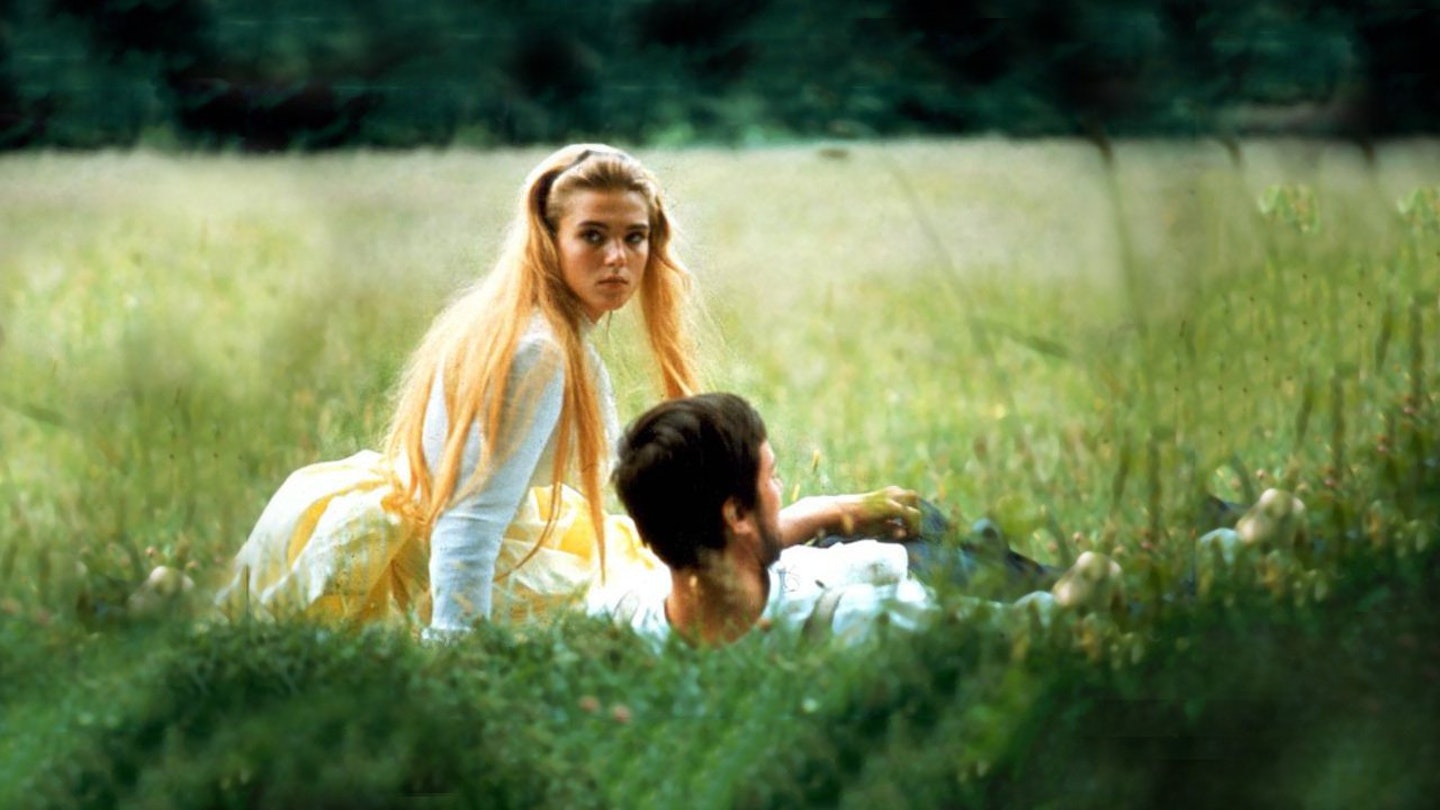In many ways, Bo Widerberg is the Swedish François Truffaut. Starting out as a critic, he attacked the work of the country's most famous film-maker, Ingmar Bergman, for shunning everyday reality. Yet, having practised what he preached in early features like The Baby Carriage and Love 65, which bore the influence of British Social Realism and the work of John Cassavetes, Widerberg adopted a more lyrical approach for this commercially successful period piece. Indeed, Elvira Madigan could be described as a variation on Jules Et Jim, with a disapproving society (instead of a romantic rival) preventing the happiness of a pair of star-crossed lovers.
Considering they were only presented with their lines minutes before each scene was shot, Thommy Berggren and 17 year-old Pia Degermark (who was spotted in in a newspaper photo dancing with the Crown Prince and went on to win Best Actress at Cannes) are superb as the couple willing to risk everything for their illicit passion. But while Jorgen Persson's luminous naturally lit cinematography is invariably cited as the main reason for the enduring appeal of this fact-based melodrama, Widerberg captures the small humiliations of poverty with as much fidelity as the colours of summer, which are made all the more enchanting by the accompaniment of Vivaldi's Violin Concerto and Mozart's Piano Concerto No.21.
Widerberg intended the film to be a cautionary tale for a younger generation infused with the spirit of 60s rebellion, as he sought to show them the perils of attempting to live outside society, no matter how restrictive its attitudes appeared to be. But the picture's international success owed little to its moral message and more to the painterly pastoralism, which Widerberg consciously fashioned after the soft, diffused light achieved by the French Impressionist, Pierre-August Renoir. However, there were those who denounced the naive sentimentality of the storyline and accused Widerberg of having created an unintentionally amusing parody of high art.
